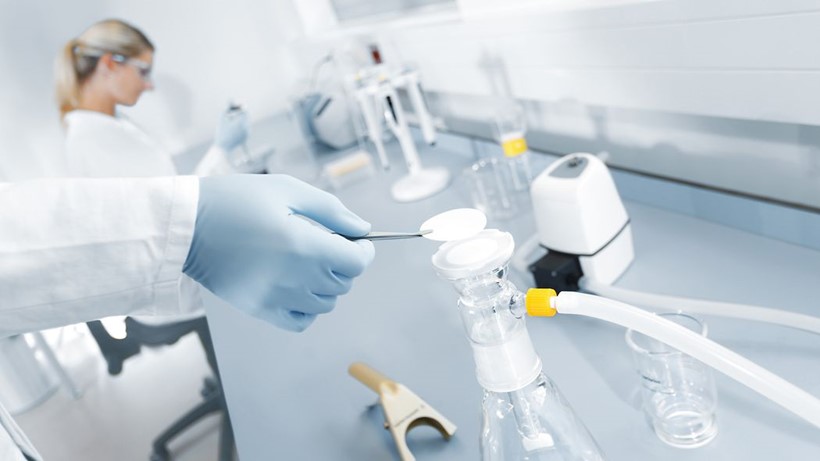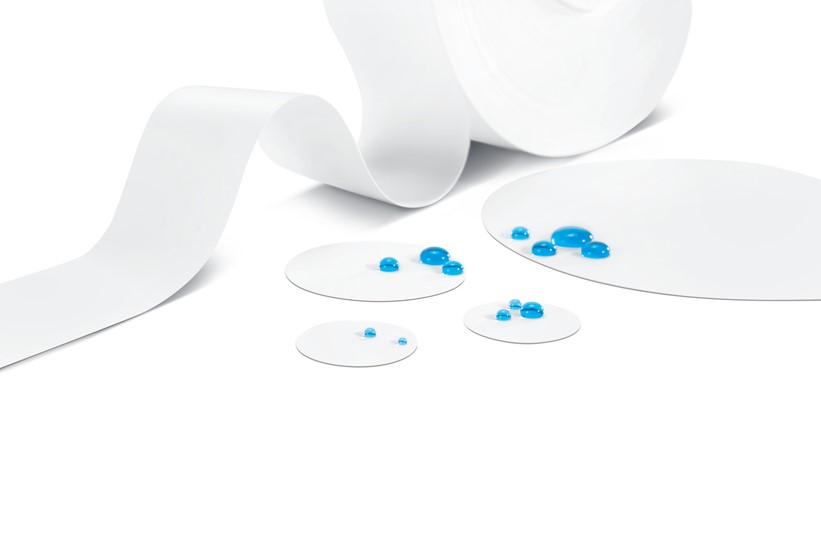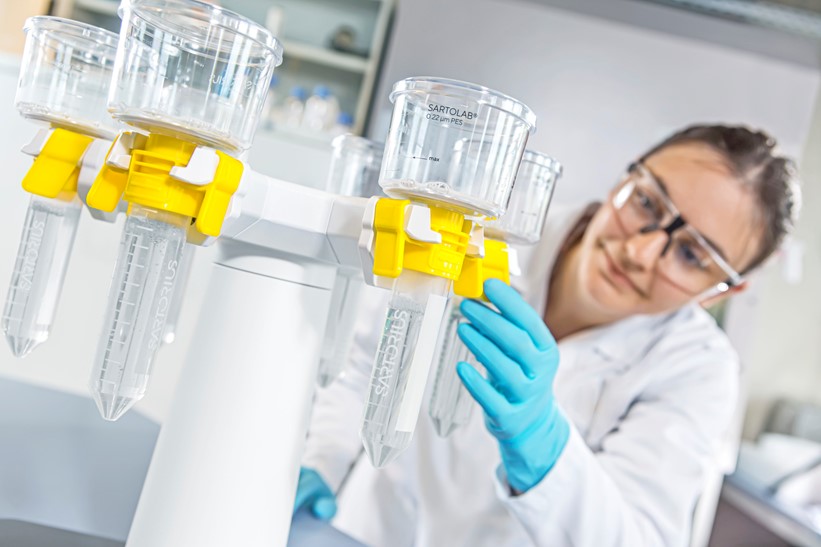Guide to laboratory filtration and choosing the right filter
Filtration is a key technique in the laboratory. From reagent sterilization and basic research to clinical and environmental testing, filtration is one of the fundamental steps in preparing samples for further analysis. When choosing the right filtration system, it is important to take into account certain factors that can affect the final outcome of filtration - from material compatibility to pore size. Below is a quick guide to laboratory filtration and the basic factors you should consider when choosing and purchasing a laboratory filtration system.
1. Laboratory filter material
- Depth filters have a thick layer of porous material, such as cellulose or glass fiber and are typically used for higher-volume and low-pressure applications. Depth filters capture particles on the surface of the filter and within its structure.
- Track-etched filters are manufactured from high-quality polycarbonate film with a wide range of precise pore sizes for accurate particle separation and retention without trapping particles in the filter structure.
- Microfiltration membranes are made of various polymers and use a thin, microporous membrane to separate or retain particles on the surface of the membrane due to its spongy structure.
- Ultrafiltration membranes are semipermeable membranes designed to retain macromolecules when a driving force such as pressure is applied.
- Chromatographic membranes are not filters per se but are made in a similar way to microfiltration membranes. These are highly specialized stationary phase matrices functionalized with ion exchange or affinity ligands for use in the purification and polishing of biomolecules based on their chemical and physical properties.

2. Filter pore size
The pore size determines the size range of particles that can pass through the filter or retain them. The exact pore size required for a particular application will depend on the specific sample, purity and yield required. In some cases, multiple filtration steps or the use of filters with different pore sizes may be necessary to obtain the desired result.
- Depth filtration (0.7–100 µm) is used to remove visible and smaller particles or to remove cells after harvest in a bioreactor.
- Microfiltration (0.1–10 μm) can retain particles such as bacteria, yeasts, and large cells from the surrounding fluid, and is commonly used for clarification, sterilization, and contaminant removal.
- Ultrafiltration (1–100 nm) membranes retain macromolecules such as proteins, nucleic acids, viruses, and nanoparticles from liquid samples. These filters are used for concentration, buffer exchange and desalting of biomolecules, and can also be used for protein removal.
- Chromatographic membranes (up to several hundred nanometers) have a macroporous structure, enabling the purification of not only proteins and nucleic acids, but also larger protein complexes and viruses.
- Reverse osmosis (less than 1 nanometer) is used to remove salts and other small molecules from water and other liquids, such as preparing ultrapure water.

3. Material compatibility
In order to achieve the best yield and purity, the filter material should be chemically and physically compatible with the content and composition of the sample being filtered. For example, some filter housings are more chemically resistant than others. In addition, some filters may be considered "sticky" to certain proteins; this means that proteins will adsorb to the membrane, reducing the final yield. Finally, filter material that is not compatible with process conditions, such as operating temperature, pressure, and pH, can shrink, expand or deform, which can ultimately lead to leakage or a change in filter pore size.
4. Filtration flow rate
The flow rate is the speed at which the liquid or gas passes through the filter. It depends on a variety of factors, including:
- filtration material
- pore size
- surface area available for filtering
- sample viscosity
- temperature and whether a pre-filtration step is used.
While a higher flow rate can speed things up, it can also retain less of the material you want, affecting the purity and yield of your final product. In order to get the best result, it is important to find the optimal balance between flow and retention.

5. Filtration devices
Depending on the application, you may need different types of filtration products. For example, syringe filters are small, disposable filters commonly used for laboratory filtration for sample preparation, sterilization and clarification of aqueous solutions, solvents, and other liquids. Clarification filters are designed to remove larger particles and impurities from liquids and can be used in a variety of work processes, including cell culture. In-line filters are another type of filtration product that removes contaminants and particles as the fluid flows through the system.
In our range, we offer a wide range of laboratory filtration and purification products for a number of applications, including basic research, drug discovery, analytics and diagnostic testing. Discover our depth filters, microporous membranes, syringe filters, clarification filters, line filters and other products.
The original text is from the official Sartorius page.